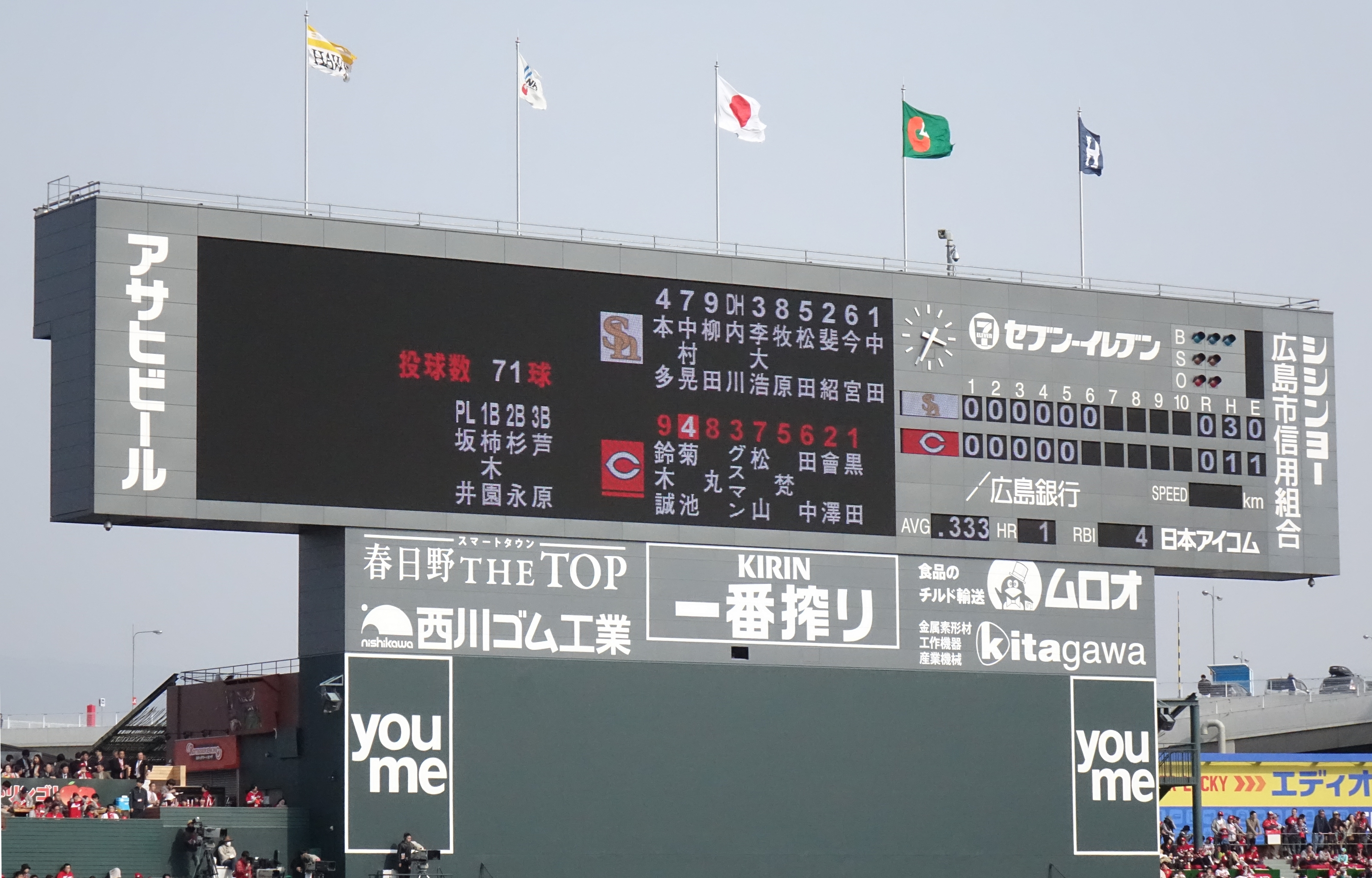In 1949, Zhou Youguang left his Wall Street job and came back to China to teach economics. His academic career would take a turn, however:
[T]he Communist government was seeking to make Mandarin Chinese the national language and to boost literacy throughout the country. In 1955, it convened a committee to create an alphabetic system, based on Mandarin, that would be easier to use than existing Romanization systems.
Knowing that linguistics was a hobby of Mr. Zhou’s, [foreign minister] Zhou Enlai drafted him to come to Beijing and lead the committee. Mr. Zhou’s protests that he was a mere amateur were to no avail.
“Everyone is an amateur,” he was told.
***
“Amateur” is a French word that means lover. But not in the romantic sense: it means someone who loves a pursuit, like a game or a hobby.
***
Most of China’s population – then, as still, the world’s largest – was illiterate. So Mr. Zhou’s team created Pinyin, which uses the Roman alphabet, to write Chinese characters.
As his New York Times obituary puts it, “Pinyin was designed not to replace the tens of thousands of traditional characters with which Chinese is written, but as an orthographic pry bar to afford passage into the labyrinthine world of those characters.”
For an amateur, Zhou Youguang was pretty good:
Today, Pinyin is used by hundreds of millions of people in China alone. Schoolchildren there first learn to read by means of the system before graduating to the study of characters. As a result, the country’s illiteracy rate today is about 5 percent.




